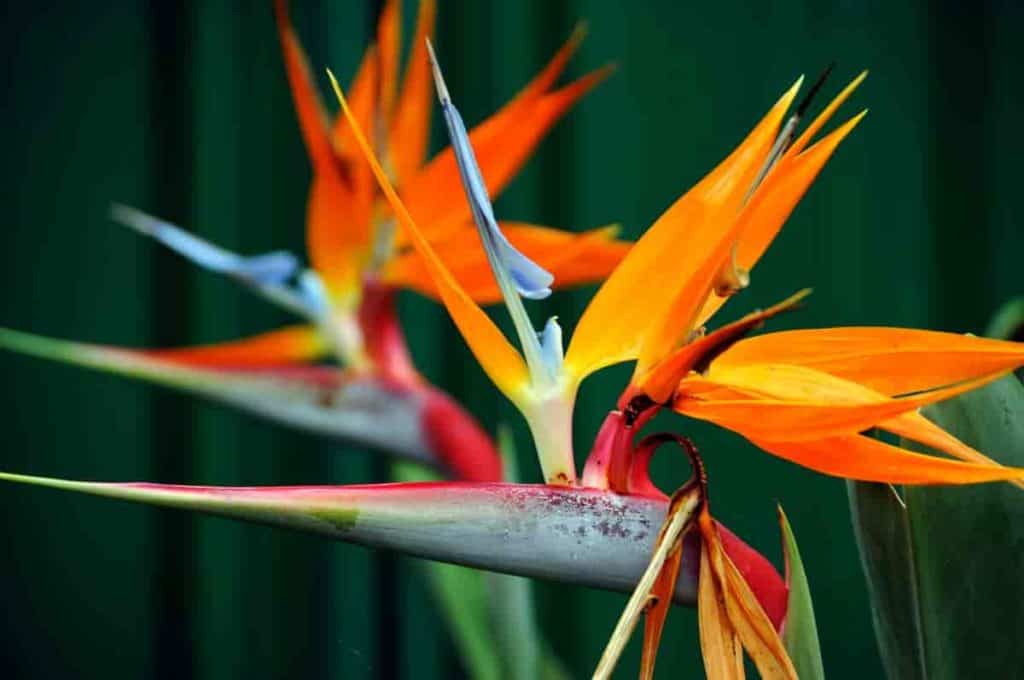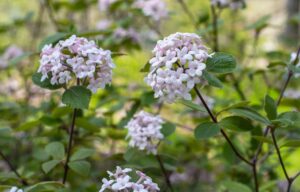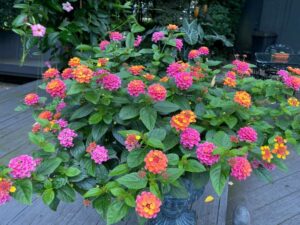
I. Introduction
Bird of Paradise plants, with their striking foliage and vibrant blooms, are coveted by plant enthusiasts for their tropical allure. However, achieving successful blooming can sometimes be a challenge. In this article, we explore the intricacies of Bird of Paradise blooming, offering insights into their anatomy, blooming cycle, essential care requirements, maintenance practices, and troubleshooting tips to help you cultivate flourishing blooms.
II. Understanding Bird of Paradise Blooms
A. Anatomy of Bird of Paradise flowers
Bird of Paradise flowers are renowned for their unique characteristics and striking appearance. These exotic blooms feature intricate structures, including brightly colored sepals and petals, elongated stamens, and a boat-shaped bract. With their vibrant hues and intricate patterns, Bird of Paradise flowers serve as visual marvels, attracting pollinators and admirers alike.
B. Blooming cycle and timing
The blooming cycle of Bird of Paradise plants is influenced by various factors, including environmental conditions, maturity, and care practices. While mature plants typically produce blooms annually, the timing and duration of blooming can vary. In ideal conditions, Bird of Paradise plants may bloom multiple times throughout the year, with peak blooming seasons typically occurring in spring and summer.
III. Essential Care for Blooming
A. Sunlight requirements
Proper sunlight exposure is crucial for stimulating blooming in Bird of Paradise plants. These tropical beauties thrive in bright, indirect light, preferably with some direct sunlight during the day. Position your Bird of Paradise plant near a south- or west-facing window to ensure it receives adequate light for healthy growth and blooming. If natural light is insufficient, consider supplementing with artificial grow lights to promote blooming.
B. Watering and humidity levels
Consistent moisture levels are essential for encouraging blooming in Bird of Paradise plants. While they prefer slightly moist soil, it’s crucial to avoid overwatering, as waterlogged conditions can lead to root rot and inhibit blooming. Allow the soil to dry out slightly between waterings, and provide humidity levels of around 50-70% to mimic their native tropical environment. Use a humidifier or pebble tray to increase humidity levels indoors, especially during dry winter months.
C. Soil and fertilization
Bird of Paradise plants thrive in well-draining soil that retains moisture without becoming waterlogged. Choose a high-quality potting mix specifically formulated for tropical plants, or create a custom blend using equal parts peat moss, perlite, and compost. Fertilize your Bird of Paradise plant regularly during the growing season with a balanced fertilizer diluted to half strength. Apply fertilizer every 4-6 weeks to provide essential nutrients for blooming and overall plant health.
IV. Pruning and Maintenance Practices
A. Removal of spent blooms
Deadheading spent blooms is essential for promoting continuous blooming in Bird of Paradise plants. Remove faded flowers promptly to prevent seed formation, which can divert energy away from blooming. Use sharp, sterile pruners to snip off spent blooms at their base, taking care not to damage emerging flower buds or foliage. Regular deadheading encourages the plant to redirect energy towards producing new blooms, prolonging the blooming period.
B. Leaf grooming and division
Regular grooming and division of Bird of Paradise plants help maintain their appearance and promote blooming. Trim yellowing or damaged leaves using clean, sharp scissors, making diagonal cuts to prevent water accumulation and disease spread. Dividing overcrowded plants every 2-3 years rejuvenates their growth and encourages blooming. Carefully divide the plant’s rhizome into smaller sections, ensuring each division has healthy roots and foliage before repotting.
V. Troubleshooting Blooming Issues
A. Common problems affecting blooming
Several factors can hinder blooming in Bird of Paradise plants, including environmental stressors, pests, diseases, and cultural issues. Environmental stressors such as insufficient light, improper watering, or extreme temperatures can inhibit blooming. Pests like spider mites or scale insects can damage foliage and disrupt
blooming, while diseases such as root rot or fungal infections can compromise plant health. Cultural issues like over-fertilization or inadequate pruning can also affect blooming.
B. Diagnostic techniques
To diagnose blooming issues in Bird of Paradise plants, closely observe their growth and health status. Look for signs of stress or damage, including wilting leaves, yellowing foliage, or stunted growth. Examine the condition of the leaves and flowers for any abnormalities or signs of pest infestation. Additionally, review your care practices and environmental conditions to identify any potential sources of stress or imbalance.
C. Remedial actions
Addressing blooming issues in Bird of Paradise plants requires a combination of corrective measures tailored to the specific problem. Adjust your care practices to provide optimal growing conditions, including proper sunlight, watering, and fertilization. Implement targeted treatments to control pests and diseases, using organic or chemical solutions as needed. Be patient and persistent in your efforts to promote blooming, as it may take time for the plant to respond to improved care and environmental conditions. With diligence and proactive management, you can encourage your Bird of Paradise plant to bloom abundantly and grace your home with its exquisite flowers.


